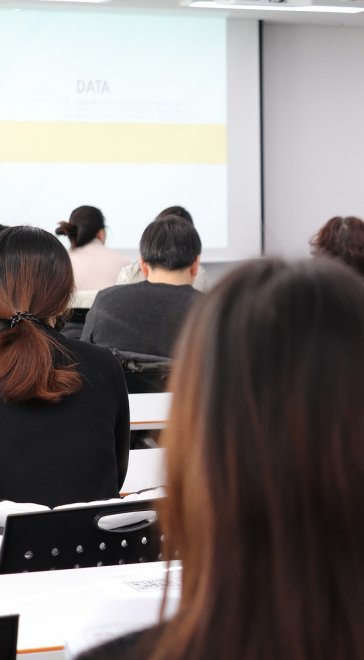Mathematical Models for Polymer Degradation and Erosion

Biodegradable materials are employed in diverse medical applications and offer great promise for future applications. Current applications include non load bearing (drug delivery devices, tissue
engineering scaffolds) and load bearing (sutures, orthopedic implants,etc.) devices. When conditions are simple and the desired time of
performance is fairly well known, a “trial and error” approach to design has been sufficient to produce reasonably reliable devices. With these successes, the enormous potential of biodegradable
materials is being tapped for a wide variety of more complex situations.
Polymer degradation is the chain scission process that breaks polymer chains down to oligomers and finally monomers. Polymers degrade by several different mechanisms, depending on their inherent chemical structure and the environmental conditions to which they are exposed.
Degradation is an irreversible change in the material, i.e. molecular weight reduction, and directly leads to depreciation of the material
properties and eventually results in failure. Extensive degradation leads to erosion, which is the distinct (but related) process of material loss from the polymer bulk. The material lost can be monomers, oligomers, parts of the polymer backbone or even parts of the polymer bulk.
The primary barrier in the development of a rational design process for biodegradable medical devices is the lack of material models that
characterize evolving material properties over time. If such material models existed, medical device designers could employ rational design
tools such as finite element analysis to produce devices that meet design requirements for a desired period, and then gradually fade away
in a controllable manner, not only enhancing desired responses or designed behaviors (e.g. tissue healing or improved drug delivery
kinetics), but also avoiding problems associated with the unnecessary permanent presence of a foreign body.
The present research pushes the development of models enabling the next generation biodegradable material applications and represents the initiation of an iterative process of model formulation, experimental verification, and model refinement that will result in a great enhancement of the design process. Development of modeling, testing, and simulation techniques provides a cost effective resource for therapeutic technology developers, encouraging further industry collaboration, improved medical device designs, expanded medical device markets, and an overall improved health care.

